Pancreatic Cancer Stages
Doctors label cancer by stages. Stages show how much cancer is in your body, how far it has spread and how quickly it may grow.
Stages help us understand how serious your cancer is so your Knight Cancer Institute team can plan the best treatment.
What is cancer staging?
With pancreatic cancer, stages show:
- Whether it has spread outside the pancreas
- If it has spread to the lymph nodes or blood
- If it has spread to major blood vessels or other organs like the liver
Doctors determine your pancreatic cancer stage using:
- Physical exam
- Blood tests that detect proteins made by pancreatic cancer cells
- Biopsies, in which a tissue sample is removed and looked at in a lab
- Imaging tests, which can include ultrasound or CT or MRI scans
- Endoscopic ultrasound, a test in which a doctor threads a thin tube with a camera through the mouth to look at the pancreas
Surgical staging
Scans usually clearly show how much cancer there is and how much it has spread. If not, surgeons might use small cuts and tiny cameras to take a look.
Understanding pancreatic cancer stages
The lower the stage, the less the cancer has spread. For example:
- A stage 0 cancer is the earliest stage. It hasn’t spread outside the lining of the pancreas.
- A stage IV, or 4, is advanced pancreatic cancer. It has spread to distant lymph nodes and other organs like the liver or lungs.
Staging cancer is complicated. You can ask your doctor to explain it in ways that you understand. The Knight Cancer Institute is devoted to giving you the longest and best-quality of life possible.
Stage 0
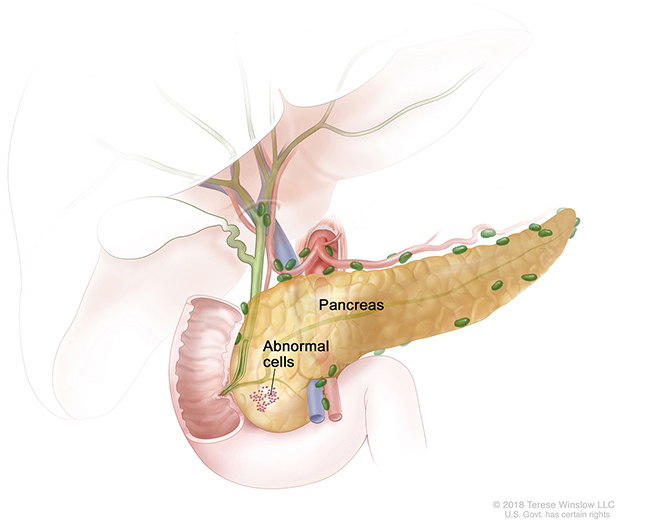
Cancer is only in the lining of the pancreas.
Stage I

Cancer is only in the pancreas.
- Stage IA: The tumor is 2 centimeters or smaller.
- Stage IB: The tumor is between 2 and 4 centimeters.
Stage II
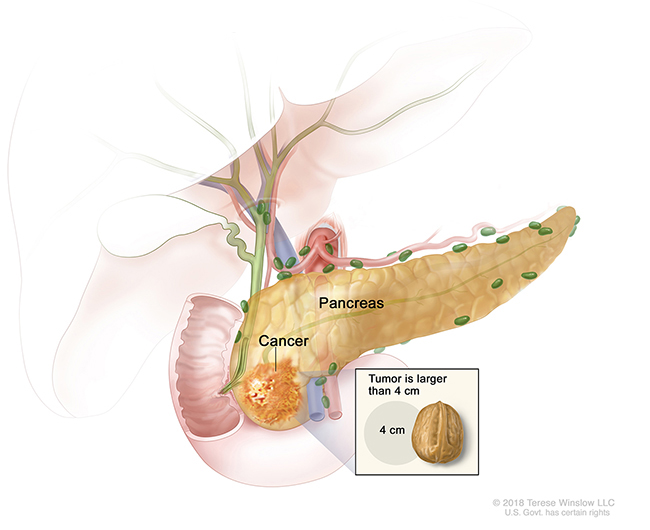
Stage IIA: The tumor is only in the pancreas and bigger than 4 centimeters.
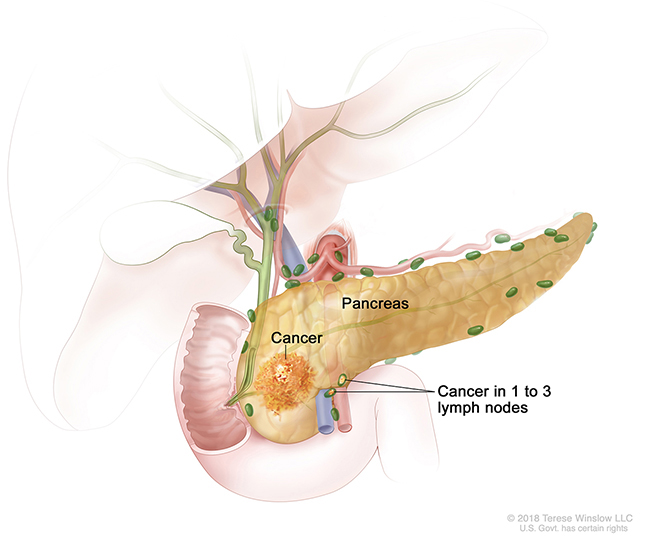
Stage IIB: The tumor ranges from smaller than 2 centimeters to larger than 4 centimeters. Cancer has spread to no more than 3 nearby lymph nodes.
Stage III
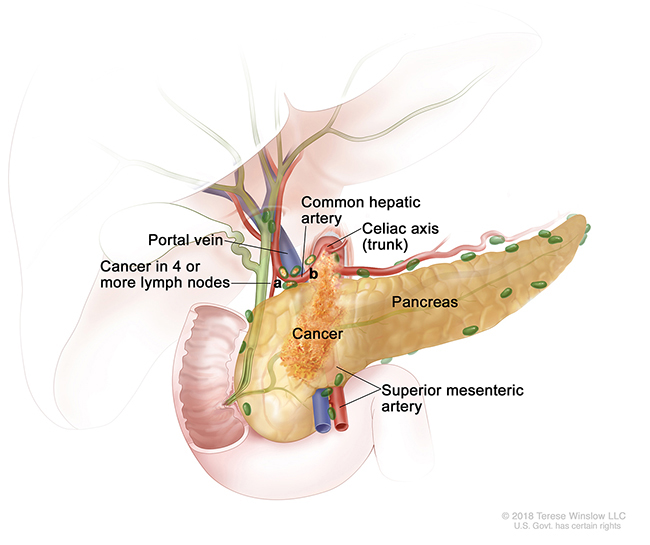
One of these:
- The tumor ranges from smaller than 2 centimeters to larger than 4 centimeters. Cancer has spread to 4 or more nearby lymph nodes.
- The cancer has spread to nearby major blood vessels and may or may not have spread to any number of lymph nodes.
Stage IV
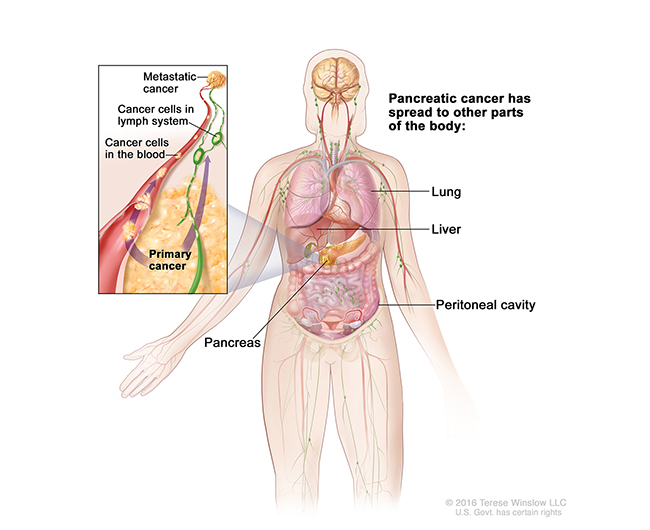
The tumor is any size. Cancer has spread to distant parts of the body.
For patients
Call 503-494-7999 to:
- Make an appointment
- Seek a second opinion
- Ask questions
Location
Knight Cancer Institute, South Waterfront
Center for Health & Healing, Building 2
3485 S. Bond Ave.
Portland, OR 97239
Free parking for patients and visitors
Refer a patient
- Refer your patient to OHSU.
- Call 503-494-4567 to seek provider-to-provider advice.
Cancer clinical trials
Clinical trials allow patients to try a new test or treatment.
Read more
Learn more about OHSU Knight Cancer Institute treatments:
- Surgery
- Chemotherapy/medical oncology
- Radiation therapy
- Immunotherapy
- CAR T-cell therapy
- Targeted therapy
Find other pancreas care at OHSU.